The Zodiac Killer is infamous for murdering five individuals between 1968 and 1969, although he boasted about having killed many more—over 30, in fact.
David Faraday and Darlene Ferrin
This serial killer remains one of the most infamous figures in criminal history. Not only did he commit horrific murders in Northern California during the late 1960s, but he also sent cryptic letters to the media, taunting them about his crimes.
Even after more than six decades, the mystery surrounding him and his unsolved ciphers continues to baffle investigators. As reported by the San Francisco Chronicle, which received 17 of the 22 letters attributed to the Zodiac, this unidentified criminal has inspired numerous films and television shows, including Clint Eastwood’s Dirty Harry, the 2007 film Zodiac featuring Mark Ruffalo, Jake Gyllenhaal, and Robert Downey Jr., and the upcoming 2024 release, This Is the Zodiac Speaking.
The confirmed victims include teenagers Betty Lou Jensen and David Arthur Faraday, wife and mother Darlene Ferrin, college student Cecila Shepard, and taxi driver Paul Stine. Fortunately, Michael Renault Mageau and Bryan Hartnell managed to survive their encounters with the killer. In July 2019, Ferrin’s sister, Pam Huckaby, shared her memories of Darlene with the Vallejo Times-Herald, reflecting on how Darlene’s daughter, Deena, is now a mother herself.
“Darlene would have been a wonderful mom to her,” Huckaby remarked. “She was very family-oriented and loved her family dearly.” Huckaby also expressed her belief that if tragedy hadn’t struck, Darlene would still be with them today. While only five murders have been officially linked to the Zodiac, he claimed in his letters to have taken the lives of as many as 37 people, according to the San Francisco Chronicle.
Who is the Zodiac Killer
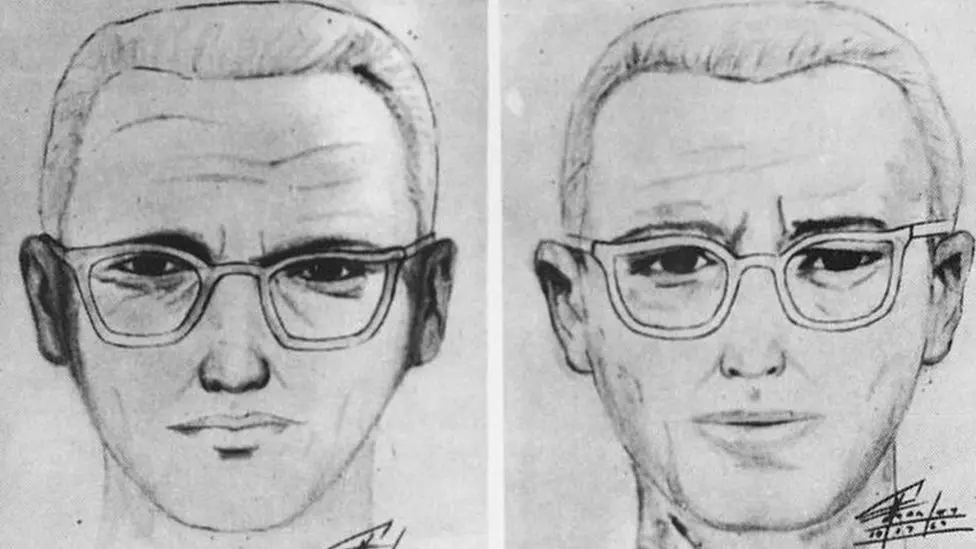
The Zodiac Killer was a notorious mass murderer who instilled fear in San Francisco between 1968 and 1970. Over the years, numerous theories have surfaced about the killer’s identity, but only one suspect has been officially linked to the case by investigators, according to the San Francisco Chronicle.
The Chronicle reported that Arthur Leigh Allen, a convicted child molester residing in the Vallejo area, owned boots that matched the footprints left by the killer. Additionally, he mentioned a short story during a police interview that the Zodiac had referenced in one of his letters.
Mageau, a survivor of the Zodiac’s attacks, also identified Allen in a photo lineup as the man who shot him years prior. The Chronicle notes that Allen passed away from a heart attack in 1992 without ever being charged in connection with the Zodiac murders. In May 2014, Gary Stewart, a business owner, asserted in his book, The Most Dangerous Animal Of All, that his father, Earl Van Best Jr., was the true culprit. Then, in October 2021, a group of over 40 former law enforcement officials known as The Case Breakers claimed to have identified another suspect: Air Force veteran Gary Francis Poste, who died in 2018, as reported by Fox News. However, the FBI confirmed to Newsweek in May 2023 that the identity of the killer remains unknown.
As of October 2024, no one has been charged with the Zodiac’s crimes.
Who were the Zodiac Killer’s Victims?
Betty Lou Jensen and David Arthur Faraday
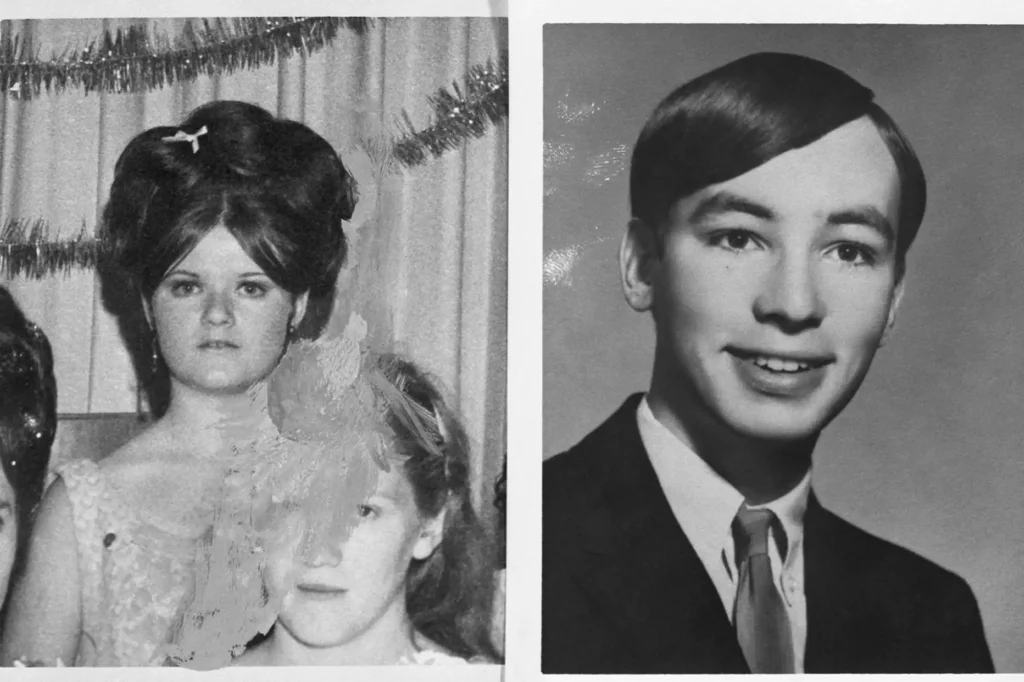 The Zodiac Killer’s first known victims were 16-year-old honor student Betty Lou Jensen and 17-year-old wrestler David Arthur Faraday. As detailed in “This Is the Zodiac Speaking,” the two high schoolers were enjoying their first date when David took them to a quiet spot on Lake Herman Road in Benicia, California, seeking some privacy. On December 20, 1968, the couple was tragically shot and killed by the Zodiac, with their bodies later found outside their car by a passerby.
The Zodiac Killer’s first known victims were 16-year-old honor student Betty Lou Jensen and 17-year-old wrestler David Arthur Faraday. As detailed in “This Is the Zodiac Speaking,” the two high schoolers were enjoying their first date when David took them to a quiet spot on Lake Herman Road in Benicia, California, seeking some privacy. On December 20, 1968, the couple was tragically shot and killed by the Zodiac, with their bodies later found outside their car by a passerby.
Darlene Ferrin
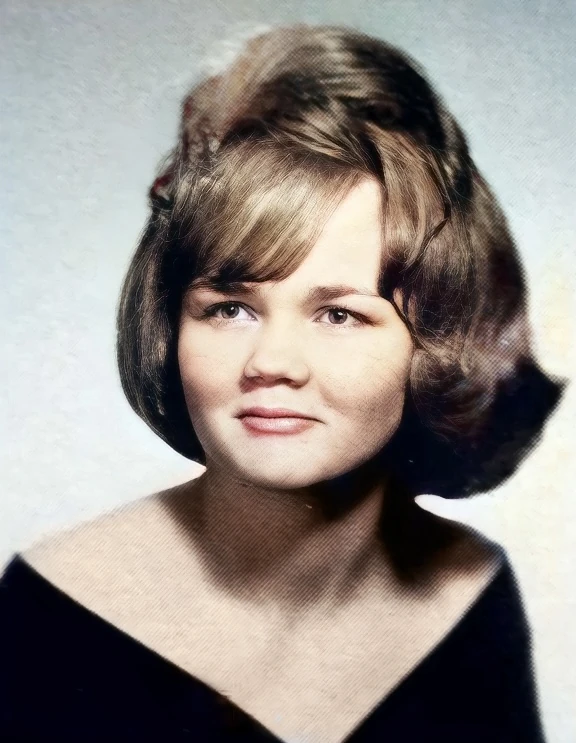
The next victim was 22-year-old Darlene Ferrin, a waitress who was also a wife and a new mother. On July 4, 1969, she and 19-year-old Michael Mageau were shot while sitting in Darlene’s car in a secluded parking lot at Blue Rock Springs Park in Vallejo, California, just about 15 minutes from where the previous victims were discovered.
After making a sudden entrance and exit from the parking lot, the Zodiac drove up behind Darlene’s car, approached the passenger side with a flashlight, and opened fire. While Mageau survived the attack, Ferrin did not. Darlene’s sister shared her memories of her older sibling with the Vallejo Times-Herald, saying, “She was a wonderful sister. We were a big family—ten of us, eight girls and two boys. She was the oldest and my role model.”
According to the Times-Herald, following the attack on July 4, the Zodiac Killer called 911 to claim responsibility for the double murder. “I want to report a double murder,” he stated. “If you go one mile east on Columbus Parkway to the public park, you will find the kids in a brown car. They were shot with a 9 MM Luger.” During the call, the Zodiac also admitted to the murders of the two high school students from the previous year, saying, “I also killed those kids last year. Goodbye.”
Cecila Shepard
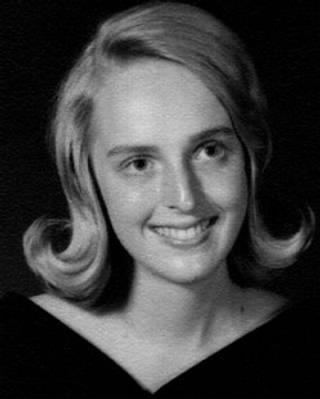
On September 27, 1969, 22-year-old Cecila Shepard tragically became the fourth confirmed victim of the Zodiac Killer while enjoying a picnic at Lake Berryessa in Benicia, California, with her boyfriend, Hartnell. Reports indicate that the Zodiac confronted the couple at gunpoint, binding them before brutally stabbing Cecila between 10 to 20 times and injuring Hartnell, who managed to survive the ordeal.
Hartnell recounted to the authorities that he initially perceived the hooded man, armed with a pistol, as a robber. However, when offered money, the assailant declined, stating, “I don’t want the money, all I want to do is kill [you].” After the attack, the Zodiac defaced the passenger side door of their vehicle, inscribing it with the dates of two of his earlier murders, as noted in This Is the Zodiac Speaking.
Cecila’s obituary in the Napa Valley Register highlighted her as a music student at Pacific Union College. Her funeral was attended by over 1,000 friends and family members, who fondly remembered her passion for music.
Paul Stine
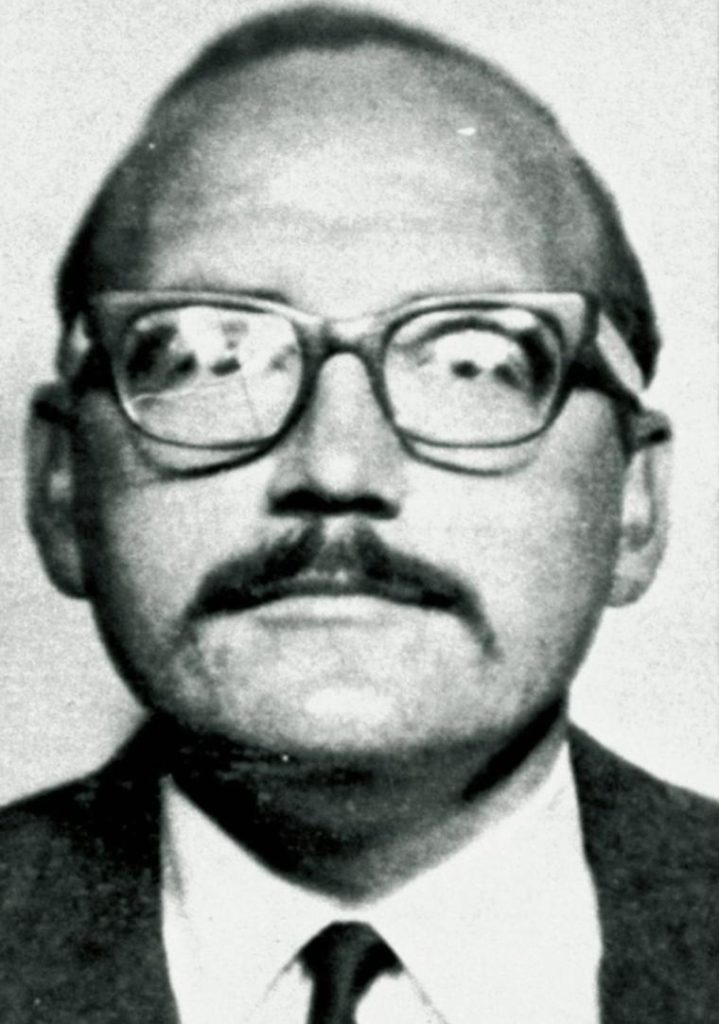
The last confirmed victim of the Zodiac Killer was 29-year-old Paul Stine. He was murdered on October 11, 1969, after giving the Zodiac a ride in his taxi. According to KFGO radio station, Stine was a doctoral candidate at San Francisco State University, working as a cab driver while he completed his studies. The Zodiac claimed responsibility for Stine’s murder in a letter sent to the San Francisco Chronicle, which included a bloodstained piece of the victim’s clothing. This letter was published in the October 15, 1969 edition of the newspaper. “This is the Zodiac speaking. I am the murderer of the taxi driver near Washington St. and Maple St. last night. To prove it, here is a blood-stained piece of his shirt,” the killer wrote, further stating, “I am the same man who killed those people in the North Bay Area.”
Have the crimes of the Zodiac Killer been resolved?
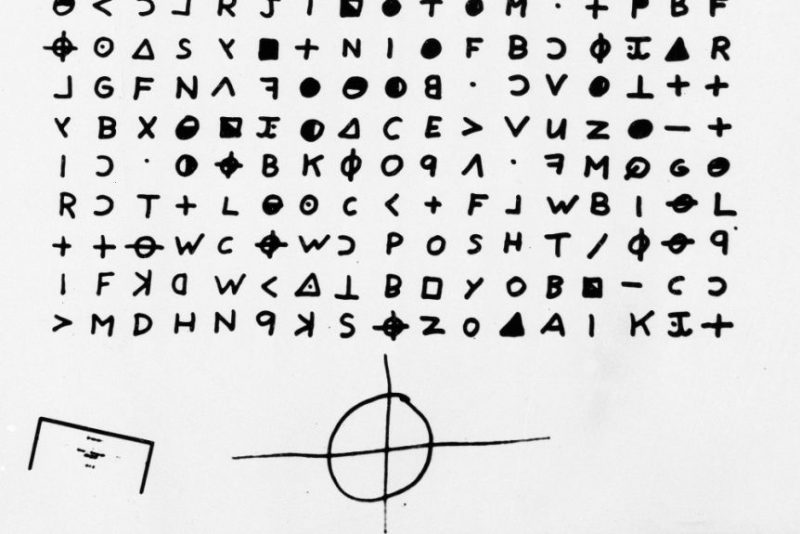
While some aspects of the Zodiac Killer’s crimes have been addressed, such as the deciphering of several ciphers he sent to the press, many details still remain unsolved. According to The Desert Sun on August 13, 1969, Donald and Bettye Harden successfully decoded the killer’s first cipher, known as the 408 cipher, which included the chilling statement, “I like killing because it is so much fun.”
Fast forward to December 2020, when web designer David Oranchak, along with Australian mathematician Sam Blake and Belgian warehouse operator Jarl Van Eykcke, managed to crack another cipher sent to the Chronicle 51 years earlier. In this note, the Zodiac Killer expressed his hope that law enforcement was having “lots of fun” trying to apprehend him and hinted at a 1969 episode of Jim Dunbar’s AM San Francisco, where an anonymous caller claimed to be the Zodiac and mentioned not wanting to face the gas chamber.
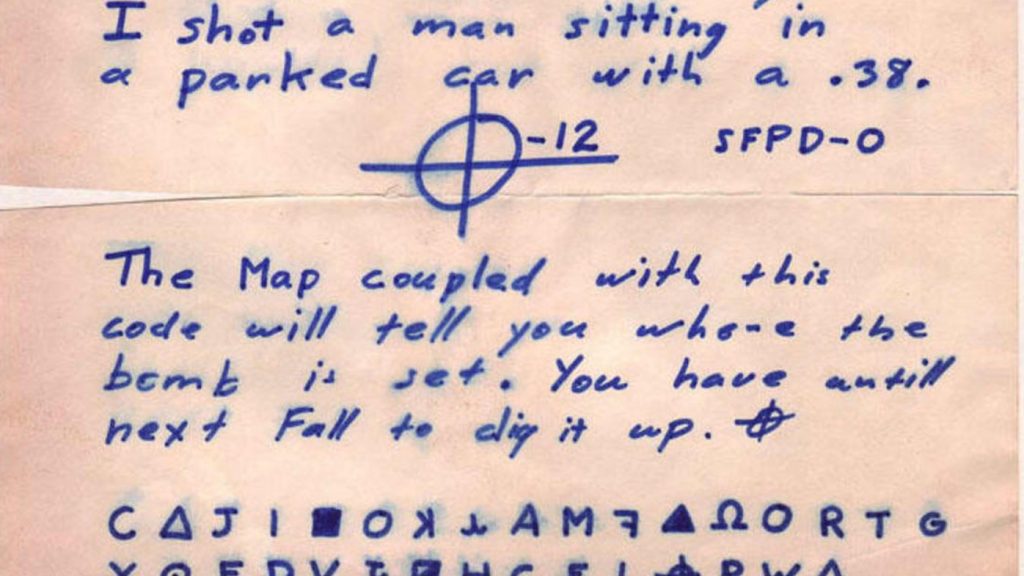
“THAT WASNT ME ON THE TV SHOW,” the Zodiac wrote. “I AM NOT AFRAID OF THE GAS CHAMBER BECAUSE IT WILL SEND ME TO PARADICE [sic] ALL THE SOONER BECAUSE I NOW HAVE ENOUGH SLAVES TO WORK FOR ME.” As the FBI stated to Newsweek in 2023, “
The FBI’s investigation into the Zodiac Killer remains open and unsolved.
Prime Suspect
Arthur Leigh Allen is known as the only named suspect in the Zodiac Killer case. He passed away in 1992 at the age of 58 and had a background as a Navy veteran, a former schoolteacher, and a convicted sex offender.
Detective Terry Poyser from Vallejo police described Allen as “an extremely intelligent but a deviant dude,” according to the Sacramento Bee. Allen first emerged as a suspect in the Zodiac murders back in 1971 when a former friend, Don Cheney, approached the police with concerns about some alarming comments Allen had made during their last meeting in 1969.
Cheney’s account is featured in a Netflix documentary. He recalled in a 1971 police interview that Allen had mentioned “shooting tires on the school bus and picking the little darlings off as they come bouncing out.”
This chilling phrase mirrored a line from one of the Zodiac Killer’s letters, where the killer expressed a desire to “just shoot out the front tire and then pick off the kiddies as they come bouncing out.” Cheney stated, “That phrase about ‘picking the little darlings off,’ I remembered that, and that’s what forced me to go to the police,” during his interview, which was also included in the documentary. After speaking with Cheney, police visited Allen at his job.
Related: Unmasking the Zodiac: The Chilling Legacy of America’s Most Infamous Serial Killer!
The documentary featured an audio clip of an interview with San Francisco Police Department inspector David Toschi, who was involved in the Zodiac case, and true crime author Robert Graysmith, whose work inspired the film “Zodiac.” Toschi observed that Allen was wearing a Zodiac watch marked with a crossed circle, the same symbol the Zodiac Killer used in some of his letters. Following this encounter, authorities secured a warrant to search Allen’s trailer, where they found hunting knives and a freezer filled with dead hamsters.
Toschi mentioned that they were unable to find any solid evidence connecting Allen to the Zodiac murders. “We left feeling a bit disheartened. I expected we would uncover more,” Toschi shared with Graysmith. In 1974, Allen came to the attention of law enforcement again when he was arrested and charged with child molestation. He spent approximately two years at Atascadero State Hospital, which focuses on treating individuals with pedophilic tendencies.
Despite their investigations, authorities could never establish a strong enough case against him. “Mr. Allen was a very, very good suspect,” Toschi reportedly stated in Allen’s obituary published in the San Francisco Chronicle in 1992. “We examined Mr. Allen very thoroughly.”
In 1991, police conducted a search of Allen’s residence in Vallejo as part of a follow-up on the unsolved case and “discovered some writings, pipe bombs, and illegal weapons,” Vallejo Police Captain Roy Conway informed the San Francisco Chronicle in 1992. “None of it was enough to justify an arrest for him being the Zodiac.” Allen passed away from a heart attack in 1992. He consistently denied being the Zodiac Killer in letters and media interviews, as noted in the documentary. “He was doing everything possible to clear his name,” Allen’s friend Glenn Rinehart told the Vallejo Times Herald in 2007. “He made every effort to share his perspective.”
In 2002, San Francisco homicide detectives announced they were analyzing new DNA evidence from letter envelopes that might have exonerated Allen. However, authorities later stated that these tests were inconclusive, according to the San Francisco Chronicle. “Arthur Leigh Allen does not match the partial DNA fingerprint obtained from verified Zodiac letters,” inspector Kelly Carroll told the San Francisco Chronicle.
The Seawaters
Who are the Seawaters, and what insights do they share in a new documentary? Netflix’s latest three-part series, “This Is the Zodiac Speaking,” delves into the experiences of the Seawater family, who had connections with Allen dating back to the early 1960s. In 1961, Allen was a schoolteacher who developed a close bond with Phyllis Seawater, a single mother of six, particularly with her three oldest children: Connie, David, and Don.
Several of the siblings share their stories in the documentary. Connie Seawater recalls Allen, her teacher, as “burly, smiley, and friendly.” The older Seawater siblings reflect on their cherished memories of Allen, describing him as a father figure who took them on outings and showered them with gifts.
They recount a particular trip to Tajiguas Point, a secluded beach in Santa Barbara, during the summer of 1963. The siblings remember that Allen asked them to stay in the car while he went down to the beach, and he was absent for nearly an hour, a detail that now feels unsettling.
When he got back to the car, Connie Seawater, who was around 9 or 10 at the time, recalls that Allen had something red on his hands, though she didn’t grasp what that might signify back then. She also remembers him placing something in the trunk before he drove away from the beach in a state of panic. This trip coincides with the timeline and locations of the murders of Robert Domingos, 18, and his fiancée, Linda Edwards, 17, who were shot on June 4, 1963, according to the Santa Barbara Independent. While the murders of Domingos and Edwards have never been definitively linked to the Zodiac Killer, the documentary suggests that authorities think the circumstances of their deaths—a young couple targeted in a secluded area near water—reflect the Zodiac Killer’s modus operandi.
For many years, the Seawater siblings couldn’t believe that their cherished former teacher, Mr. Allen, could be involved in the Zodiac Killings. However, in 1992, David Seawater recounts a transformative phone call with Allen. In the documentary, he shares that Allen confessed to having drugged him and his siblings during their childhood.
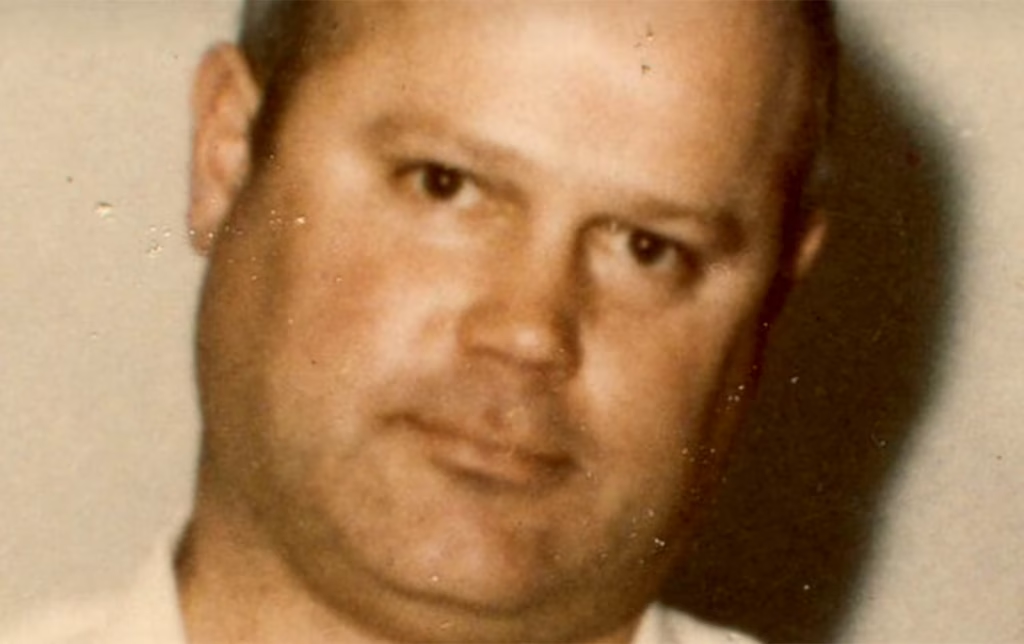
David also reveals that Allen admitted to molesting Connie Seawater. “There were times when we felt groggy, and we couldn’t explain why. It was then that I realized what he was doing and how he was doing it,” David explains in the documentary. He then asked Allen, “‘Were you the Zodiac?’” “There was a heavy silence. I didn’t hear anything for a moment, then I heard this gasping sound, and he was just crying,” David recalls. “He managed to compose himself enough to respond in a very weak voice, saying, ‘Yes, it was me.’”
Seawater contacted the police after receiving a phone call, but the detective he spoke with informed him that there was little they could do. Years later, the family made more connections after watching the 2007 film “Zodiac,” featuring John Carroll Lynch as Allen and Mark Ruffalo as Toschi, one of the main investigators in the case.
While watching the movie, the Seawater siblings recognized unsettling parallels between trips they had taken with Allen during their childhood and the times and places of the Zodiac Killer’s crimes. “We began to dig deeper and realized we had visited all the murder locations before the killings occurred,” David Seawater shares in the documentary. “We were just kids back then, so we didn’t link Mr. Allen to those crime scenes until we saw them portrayed in the film,” Connie Seawater adds in the documentary. Connie also mentions a moment of realization when she spotted the wetsuit hood worn by Allen’s character in the movie, recalling that she had assisted the real Allen in making a similar hood. “As we pieced everything together, I started noticing too many coincidences to just be coincidences,” she explains.
The Zodiac Killer: The Most Likely Suspects Behind the Infamous Mystery
Despite extensive investigations and numerous suspects proposed over the years, the killer’s identity remains a chilling enigma. Here, we explore some of the most likely suspects connected to the case.
Among the most discussed suspects in the Zodiac case is Arthur Leigh Allen, a convicted child molester who died in 1992. Allen’s name emerged early in the investigation, leading authorities to scrutinize him for several reasons:
- Circumstantial Evidence: Witnesses described a man resembling Allen who was seen near some of the Zodiac’s crime scenes. Additionally, Allen’s lifestyle and history of violence raised red flags among investigators.
- Zodiac Watch: After Allen’s death, authorities discovered a watch in his possession that bore the Zodiac symbol. This finding intensified speculation about his potential involvement.
- Strange Comments: Allen reportedly made bizarre remarks to friends and acquaintances regarding the Zodiac Killer, further complicating his legacy.
Despite the circumstantial evidence against him, DNA testing conducted on the Zodiac letters did not match Allen, and he was never formally charged with the crimes. Nonetheless, he remains a central figure in discussions about the killer’s identity.
In late 2021, a group of amateur investigators known as the “Case Breakers” announced their belief that Gary Francis Poste, a deceased serial killer, was the Zodiac Killer. Their claims were based on several factors:
- Murder Patterns: Poste had a history of violent crimes that mirrored the Zodiac’s modus operandi, leading some to speculate about a possible connection.
- Physical Resemblance: The Case Breakers argued that Poste bore a striking resemblance to the composite sketches of the Zodiac Killer.
However, this theory has faced skepticism, and the evidence presented has been largely circumstantial. Without solid proof linking Poste to the Zodiac crimes, his inclusion in the list of suspects remains contentious.
While Robert Graysmith is not a suspect in the traditional sense, his work as a journalist and author has significantly influenced the perception of the Zodiac case. Graysmith has written extensively about the Zodiac Killer, presenting various theories and suspects, including Arthur Leigh Allen. His books have brought renewed interest to the case, but some critics argue that his conclusions often lean toward speculation rather than concrete evidence.
In addition to Allen and Poste, numerous other individuals have been suggested as possible suspects in the Zodiac case:
- Donald Lee Ewart: A California convict whose violent past led investigators to consider him a potential link to the Zodiac crimes, although evidence remains limited.
- Richard Marshall: A convicted killer whose name surfaced during investigations, but he has not been definitively connected to the Zodiac.
- Various Other Individuals: Over the years, many names have surfaced in connection with the case, with varying degrees of evidence supporting their candidacy. However, none have gained the traction or recognition of Allen or Poste.
The Zodiac Killer’s identity remains one of the most perplexing mysteries in true crime history. As investigators continue to explore leads and advancements in forensic technology offer new possibilities, the search for the killer persists. Despite the various suspects who have emerged over the decades, the question remains: Who was the Zodiac Killer? Until definitive proof comes to light, this chilling mystery will continue to captivate and horrify, ensuring that the name of the Zodiac Killer endures in the annals of crime history.